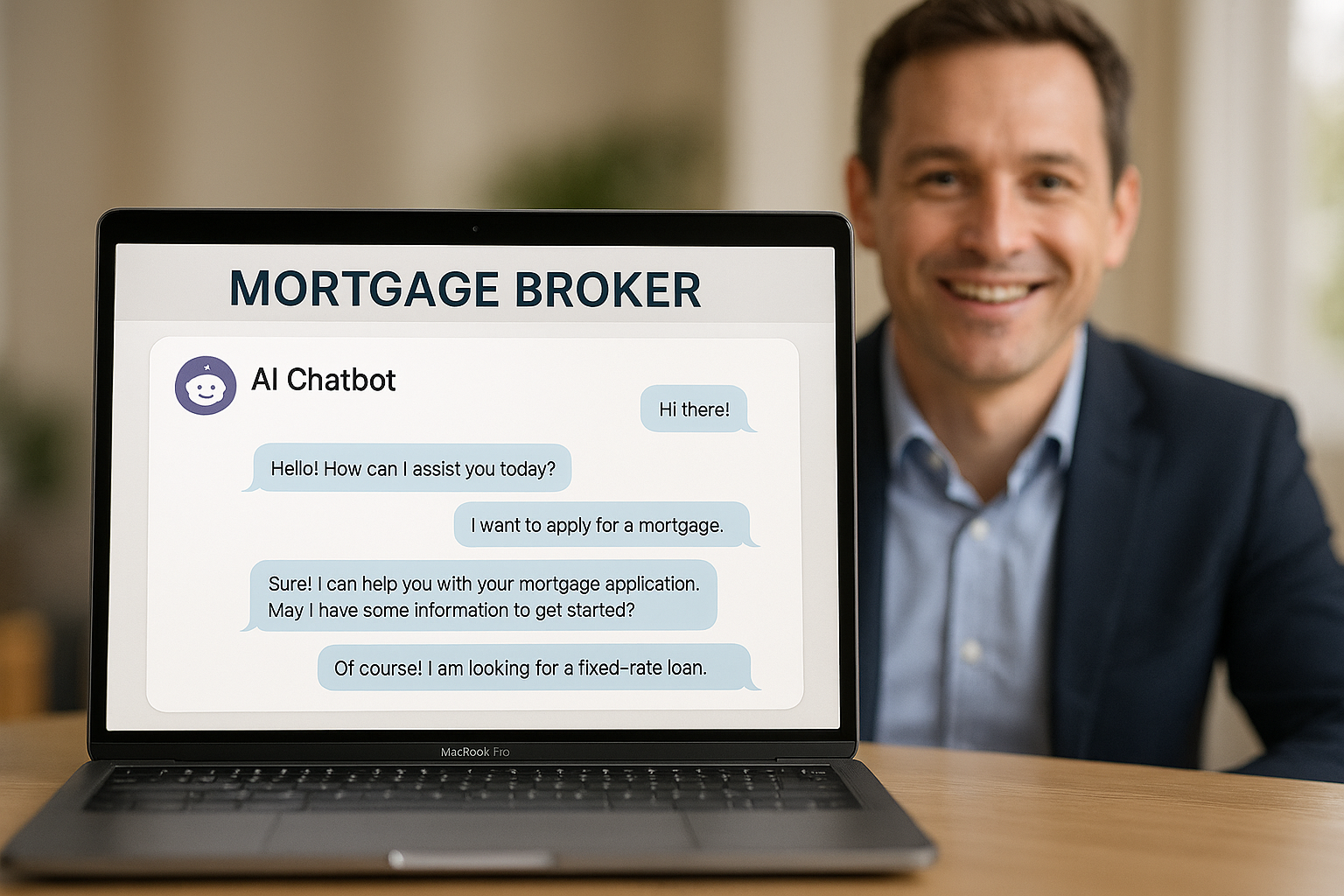Mike Figliuolo I thoughtLEADERS LLC I July 8, 2013
I hate salespeople. I especially hate the ones who doggedly pursue me hocking their wares even after I’ve repeatedly told them I’m not interested. The worst of the lot end up with a special caller ID in my phone so I know what to do when they call: “Don’t Answer,” “Moron – Don’t Answer,” “Clown from New York – Don’t Answer,” and for the worst offender, “DON’T ANSWER!”
I asked myself the other day if perhaps I have a similar caller ID in a prospect’s or client’s phone. I’m hoping I don’t (and if I do and you’re reading this, I’m sorry I was so pesky at some point and hope you’ll take my call next time). I’d like to think I’ve found a way to sell without selling which leads people to want to pick up and take my calls. Before you stop reading and say “I’m not a salesperson” – keep reading. We’re always selling. Whether you’re out searching for a job (selling yourself), looking to hire someone (selling the role and your company), or convince people to adopt a recommendation (selling ideas), you’re always selling something and the following guidance can help you be more successful in those efforts.
So here’s the trick to sell without selling: stop selling.
Huh?
When you’re selling, you’re pushing a product (product, service, yourself, the role, etc.). When you’re pushing, you aren’t listening for the needs of the buyer. If you’re not meeting their needs with what you’re selling, they’re not going to buy. Period. Or if they do buy, they’ll do so grudgingly and will only work with you that one time. There’s a better way to sell that will get you better results.
1. Start listening. Anytime I have a prospect talking to me about our services, I refuse to discuss our offerings until they have explained their problem to me. I ask them a bunch of questions about their business, their skill gaps, and their development needs. I ask about their budgets, their fiscal year end, the size of their team, and upcoming team meetings. Only once I have a great sense of what their needs are do I start explaining which of our programs (if any) help solve the problems they’re facing. I’m not selling – I’m offering solutions. The likelihood of them buying a solution to their problem is much higher than them buying a product they might not realize they need. If I understand their problem better, I’m able to emphasize some of the benefits of our programs that I might not have ordinarily emphasized. That knowledge helps me make our offerings more compelling to them.
2. Hang up on people. People are busy. As much as you might think you’re their number one priority, you’re not. When you start the call or conversation, ask if it’s a good time for them to chat. If not, offer to call back. After exchanging that pleasantry, ask what their current priorities are. If you’re not anywhere near the top of the list, tell them you’ll call back in a few weeks (or even months if their priority list is slammed). I have one client I hung up on once. He’s a CFO. We had a “catch up” call scheduled. I started the call and asked if it was still a good time to talk. He said yes. I then asked what he was working on. He said he was super busy closing their financials for the quarter and that he was really stressed out. I told him “Okay. I’ll give you a call back in about a month.” He was surprised and said he wanted to talk and had time for the call. I told him “Look, you’ve got some really big business challenges you’re facing right now. Talking to me about your team’s training needs should be and likely is way down on your priority list. Go tackle your priorities and we’ll catch up when it makes more sense to talk about training.” He thanked me profusely. 9 months later we had another catch up call. We’re doing a lot of work with him and his team now.
3. Don’t have an agenda. There are plenty of folks I check in with and I have no agenda other than catching up and seeing what they’re working on. I use those opportunities to offer assistance. Whether it’s telling me to get me that job posting so I can help them find someone, offering to review their resume because they’re now on the market, or just being a sounding board and resource for ideas they’re batting around, they know when I call I’m going to offer to help. Many times I can’t help but the offer is still appreciated. Sometimes I’ll see an article or news item and forward it along to that person just to say hello and let them know I thought of them. The point is, when I’m checking in, I am not looking to sell something (but I will sell if they articulate a need or problem I can solve). Check in for the sake of checking in and helping. I recently had a call with a guy with whom I’ve been checking in for four years. We hadn’t spoken in about 9 months and those prior conversations all entailed hearing updates from him about his business and making some offers to connect him with other resources – I didn’t sell on those calls. When he picked up the phone this time, he started the conversation with “I’m really glad we’re talking as there are some skill gaps on my team I think you can help me fill.” Sure, it has been a four or five year sales cycle. But now that there’s a need, there’s a strong pull for our services.
The bottom line: don’t push sell. Listen for problems. Respect their time. Always make offers to help. Be patient. And when the time comes, recognize the opportunity to make your case for your product (whether it’s you as an employee, your idea, your product, your service, or the Girl Scout cookies you’re hocking for your kid) and close the deal. Pushy salespeople never win in the long run. So slow down and help others. The benefits are huge.
{rokcomments}







